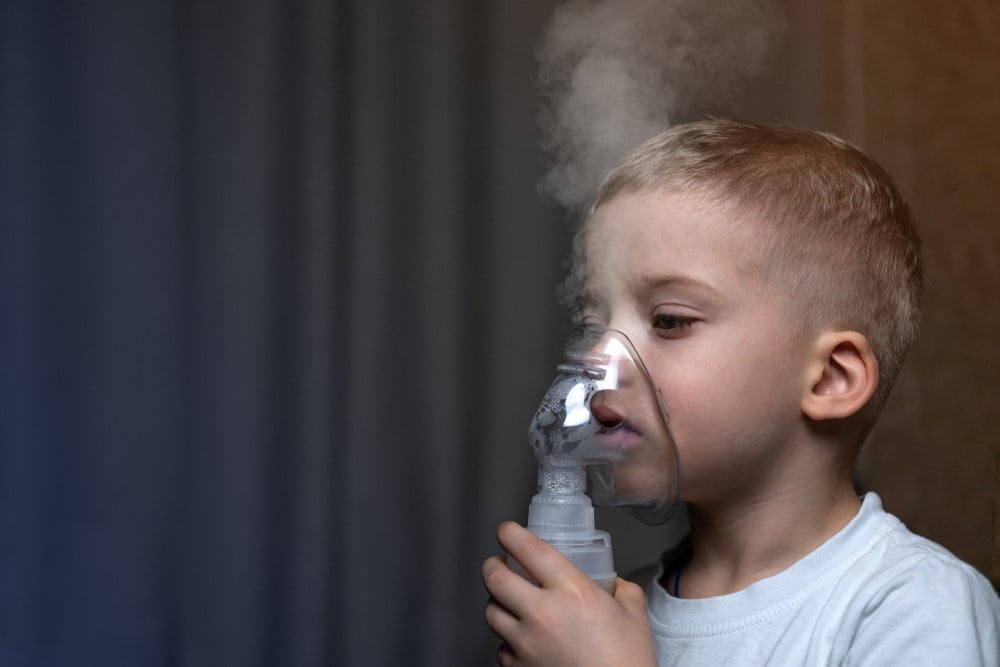
Pediatric BIPAP
Deployment of CPAP and BIPAP in EMS has evolved over the last decade and is arguably first line intervention for acute respiratory distress for multiple adult populations. Despite these advances, we have left children behind for no reason. Pediatric patients are well...New Protocol in Treating Sick Patients in Pennsylvania
CARLISLE, Pa. – New guidelines are now in effect that requires EMS crews to stay on scene longer for patients who are critically ill.
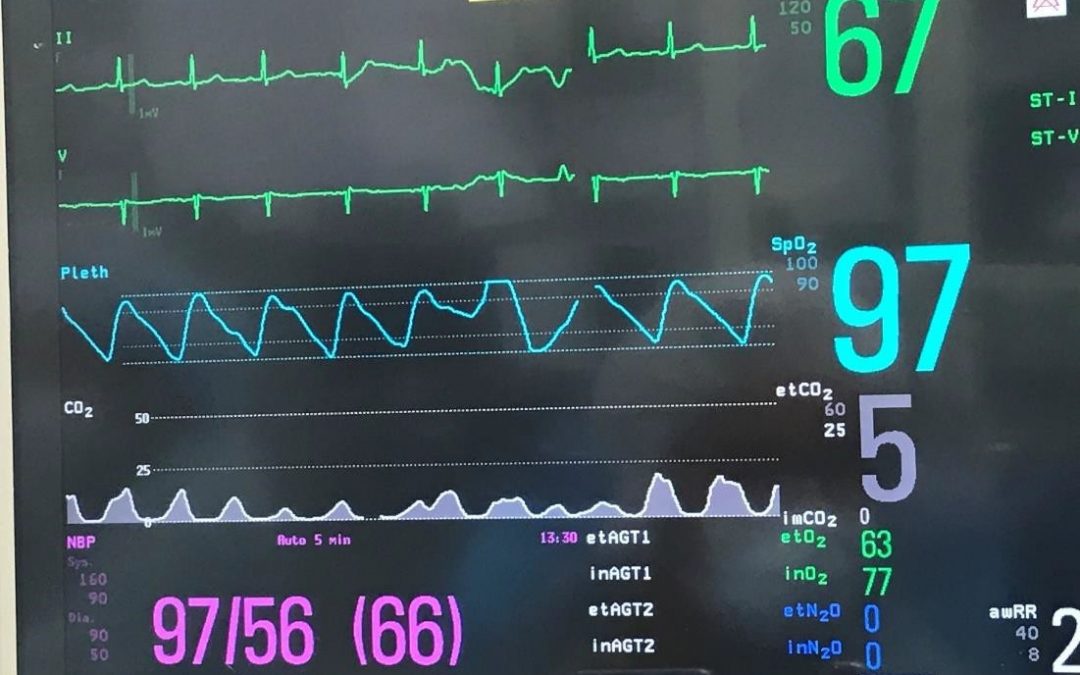
A Systematic Approach to Capnography Waveforms
Capnography was first proposed for use in the operating room in 1978 and has since become the standard of care for monitoring ventilation.1 Capnography is rapidly growing in use for intubated and non-intubated applications across hospital environments including the...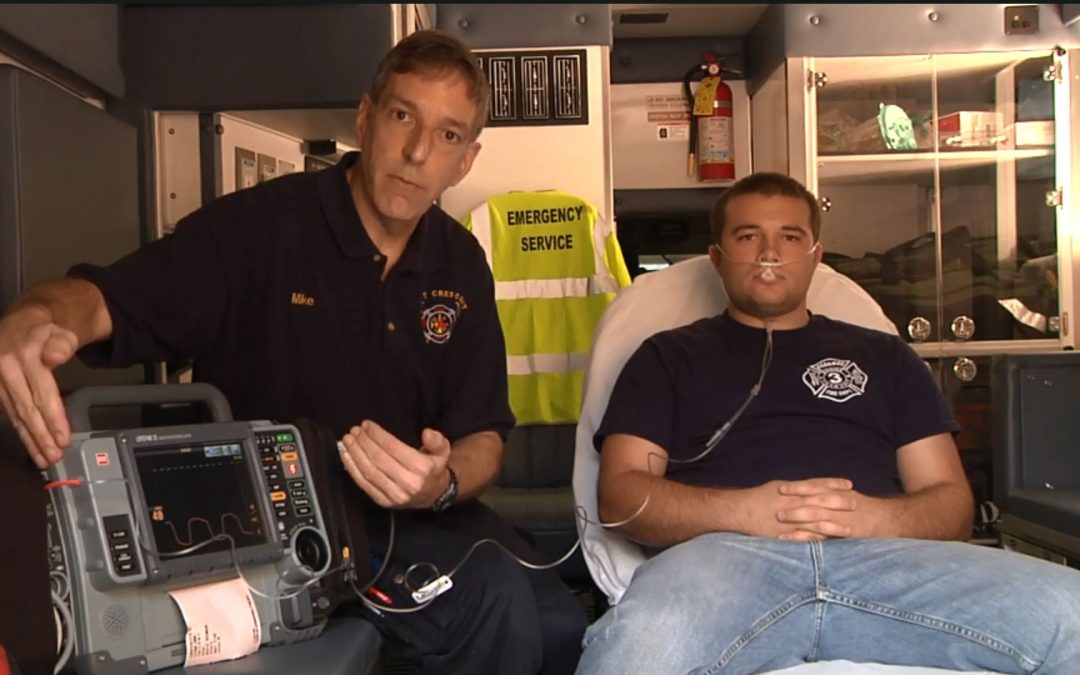
Video: Waveform Capnography
In this video, Mike McEvoy has a primer on basic waveform capnography, using a device to measure a patient’s exhaled carbon dioxide levels.

Report: Boom in Overdose-Reversing Drug Tied to Fewer Drug Deaths
By MIKE STOBBE AP Medical Writer NEW YORK (AP) — Prescriptions of the overdose-reversing drug naloxone are soaring, and experts say that could be a reason overdose deaths have stopped rising for the first time in nearly three decades. The number of naloxone...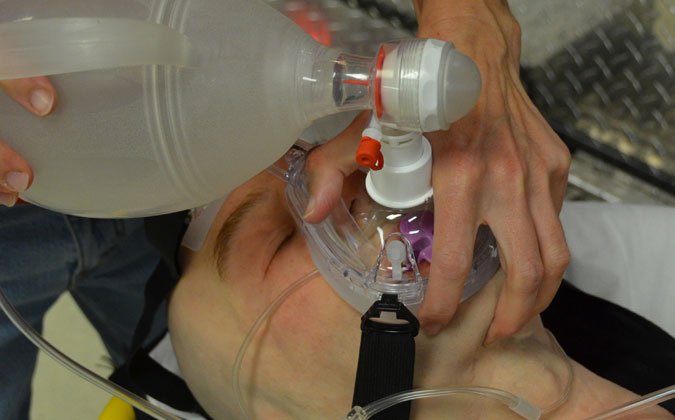
When CPAP Is Not Working
Assessing and Treating Deteriorating Respiratory Failure Patients Noninvasive positive pressure ventilation such as CPAP (continuous positive airway pressure) has become a standard of care for the prehospital respiratory distress patients. It helps prevent patients...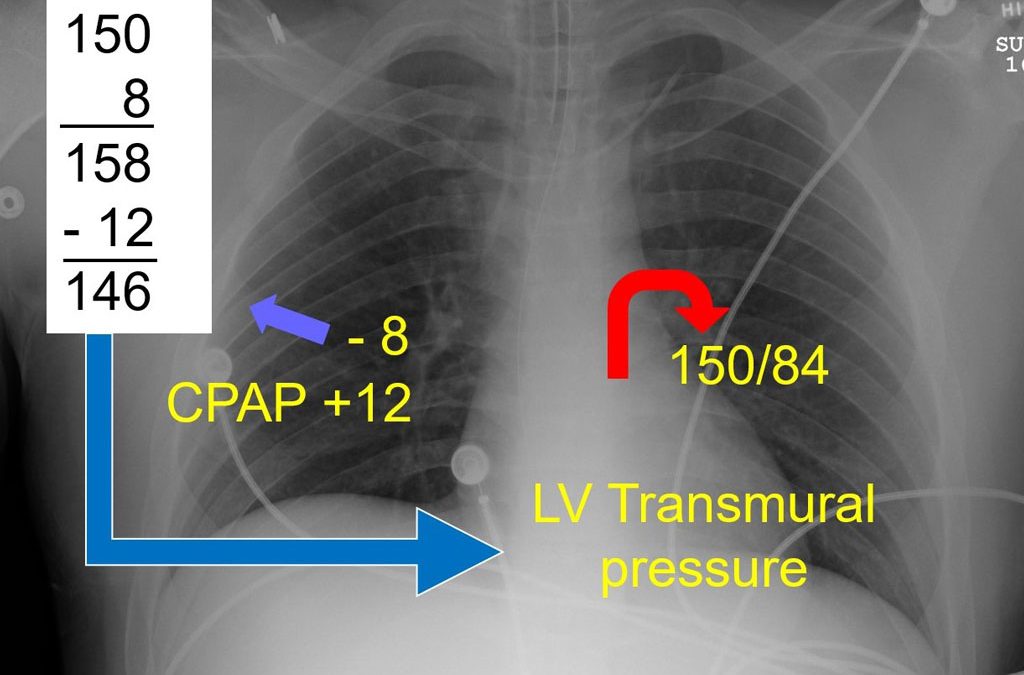
The Miracle of CPAP
Mike McEvoy examines some of the physiological reasons that continuous positive airway pressure (CPAP) works for a variety of conditions.

Video: CPAP Applications
In this video, Mike McEvoy discusses the use of disposable CPAP (continuous positive airway pressure) masks, a method of assisting a patient’s respiration without intubation.
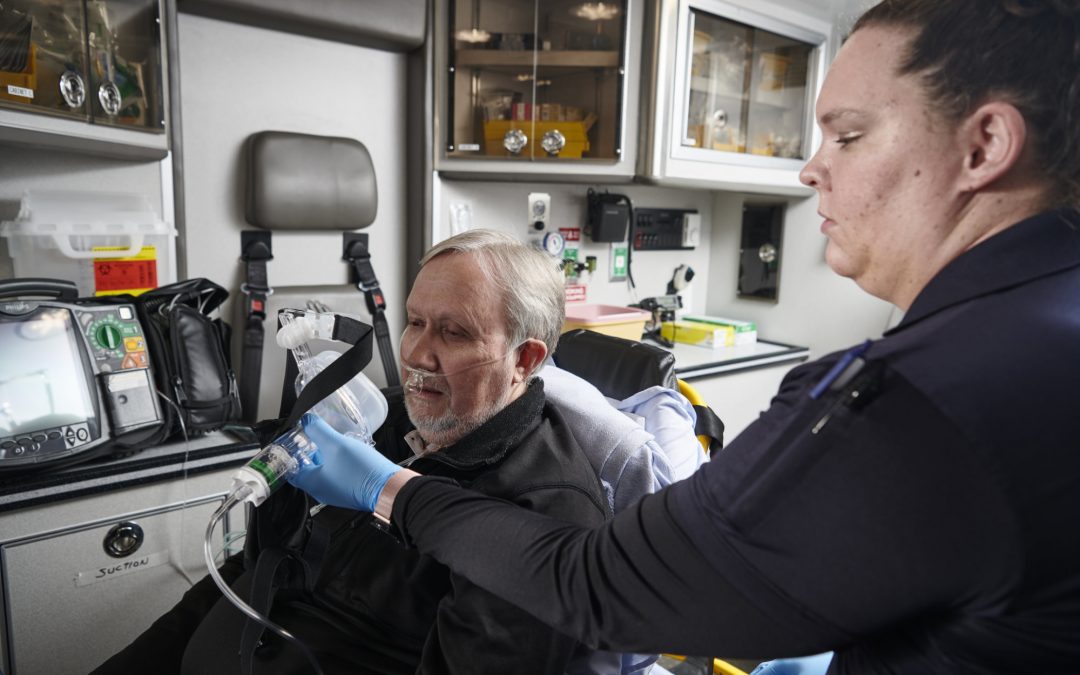
An Argument for BLS CPAP
Barriers to CPAP adoption by BLS providers are finally falling, and BLS use of CPAP is now supported by the 2019 National EMS Scope of Practice Model.


Recent Comments